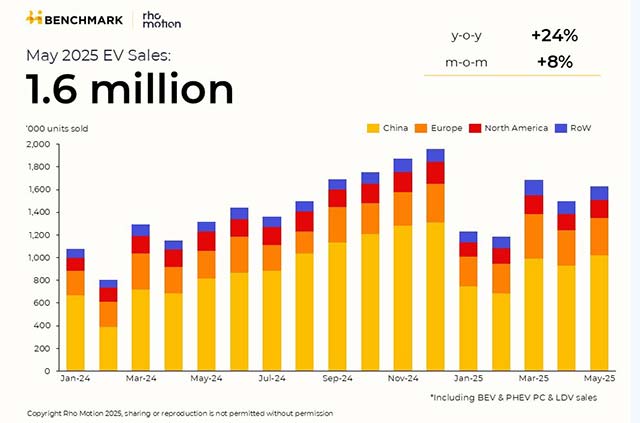Unveiling the Role of Single Atomic Ruthenium Decorated Cactus‐Like Bimetallic Phosphides for Alkaline Water Electrolysis
Advanced Energy Materials, EarlyView.

A high-performance bifunctional catalyst of Ru SAs@NiCoP/NF with Ru single atoms (Ru SAs) anchored on cactus-like NiCoP-coated Ni foam (NiCoP/NF) is developed. The synergistic interaction between Ru SAs and NiCoP enables Ru SAs@NiCoP/NF ultralow HER (240 mV@0.5 A cm−2) and OER (375 mV@1.0 A cm−2) overpotentials, as well as robust performance of anion-exchange membrane water electrolyzer.
Abstract
High-performance water-splitting electrocatalysts are pivotal for green hydrogen production. The bimetallic phosphide (NiCoP), as a promising candidate for alkaline water electrolysis, still faces challenges including sluggish reaction kinetics and instability. Herein, Ru single atoms (SAs) are anchored on cactus-like NiCoP-coated Ni foam (Ru SAs@NiCoP/NF) as a robust bifunctional catalyst for alkaline water electrolysis. Atomic dispersion of Ru via P-rich coordination induces electron redistribution, optimizing d-band centers of Ni/Co sites to reduce energy barriers for water dissociation and O2 desorption. For the hydrogen evolution reaction (HER), Ru synergistically enhances water activation and optimizes the HER process, yielding ultralow overpotentials of 8 and 240 mV at current densities of 10 and 500 mA cm−2. For the oxygen evolution reaction (OER), Ru promotes phosphorus leaching and surface reconstruction, adjusting the adsorption–desorption of intermediates in the lattice oxygen mechanism, achieving 375 mV overpotential at 1.0 A cm−2. Remarkably, the anion exchange membrane water electrolyzer using the Ru SAs@NiCoP/NF bifunctional catalysts carries only a cell voltage of 1.76 V at 0.5 A cm−2 at 80 °C for overall water splitting and long-term stability. This work reveals the critical role of single atom-supports synergy in optimizing the electronic structure and enhancing the electrocatalytic performances for high-current-density water electrolysis catalysts.
















































































































































